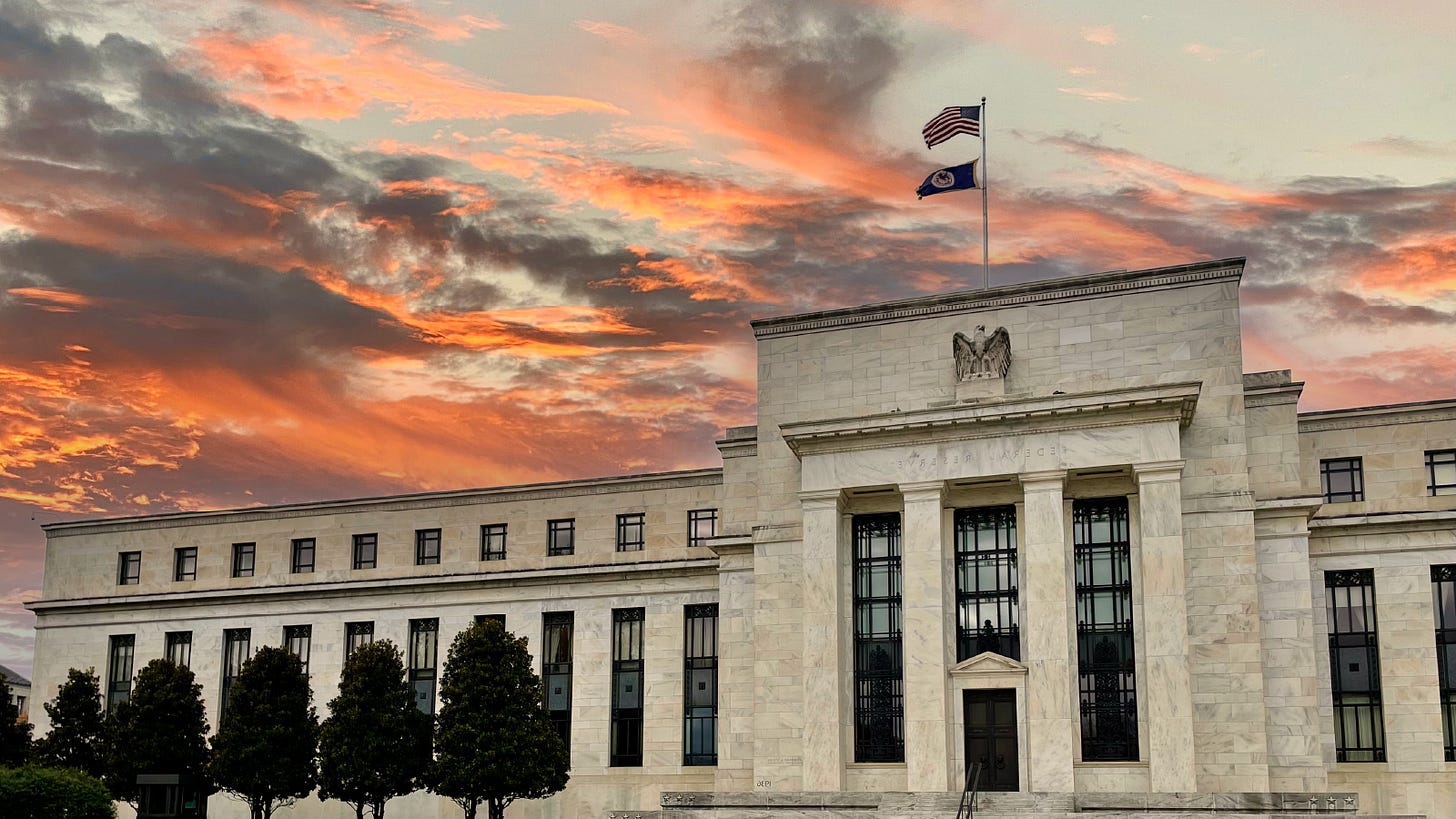Fed Raises Rate By 25 bps, Discusses Banking Failures
Leading up to the FMOC meeting, some speculated the Fed would not raise interest rates as aggressively because the banking system was in a fragile state. At the press conference on Wednesday, March 22, Federal Reserve Chair Jerome Powell announced an interest rate increase of 25 bps to a target range of 4.75 - 5%. He acknowledged that recent banking failures impacted their decision, but emphasized that the banking system was sound and getting inflation back to 2% was still the priority.

Powell acknowledged the Fed thinks the aftermath of recent banking failures will likely lead to tighter credit conditions for households and businesses. Some Fed members believe tighter credit conditions would have the same impact on inflation as increasing the federal funds rate. If tighter credit conditions emerge, Powell implied they would be easier on rates.
In an effort to stabilize markets, the Fed attempts to set the public’s expectations about future interest rate changes. Powell made the following statement to update public expectations:
“…we no longer state that we anticipate that ongoing rate increases will be appropriate to quell inflation; instead, we now anticipate that some additional policy firming may be appropriate.”
Although Powell described recent banking failures as “outliers,” he also emphasized that the Fed, Treasury, and FDIC moved quickly and decisively to “strengthen public confidence in our banking system.” SVB depositors never lost access to funds and the Fed now offers “enhanced lending facilities” that value collateral at par for commercial banks with “unusual funding needs.”

Prior to the banking failures, the Fed stated they were fighting inflation by reducing their balance sheet by letting securities mature without replacing them. In the wake of recent banking failures, the Fed’s balance sheet expanded due to banks borrowing from the discount window and other enhanced lending facilities. In the Q & A session, Powell was asked if the Fed’s enhanced lending facilities for banks with “unusual funding needs” were at odds with the Fed’s goal of fighting inflation by slowly reducing their balance sheet over time. Powell implied that these loans were temporary, and the balance sheet would shrink again after banks get over this tense period and pay back their loans.





